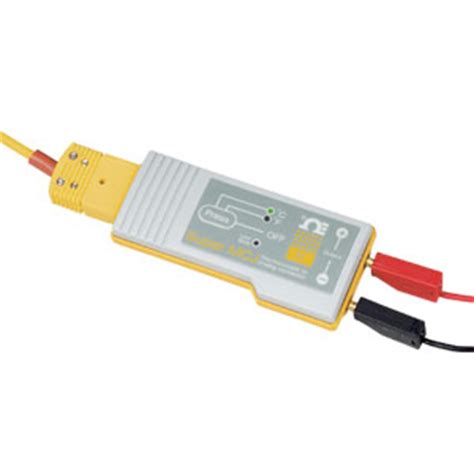
ALL ABOUT FLEX PCB
-
 Read more: MAX31856: Explaining the Thermocouple Digital Converter
Read more: MAX31856: Explaining the Thermocouple Digital ConverterIntroduction to the MAX31856 Thermocouple Converter The MAX31856 is a highly integrated thermocouple converter that provides a complete thermocouple digitization solution. It includes precision reference junction compensation, thermocouple linearization, and digital output in a small package. Key features of the MAX31856 thermocouple converter include: Supports 8 common thermocouple types (K, […]
-
DFM – From Gerber files to PCB production data
Posted by
–
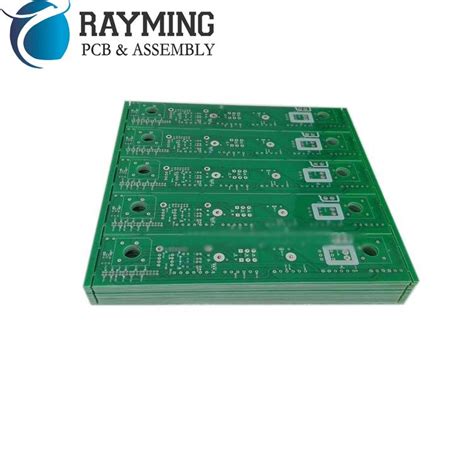 Read more: DFM – From Gerber files to PCB production data
Read more: DFM – From Gerber files to PCB production dataUnderstanding the Importance of PCB-DFM in Electronics Manufacturing In the world of electronics manufacturing, the process of designing and fabricating printed circuit boards (PCBs) is a critical step. PCBs are the backbone of almost all electronic devices, connecting and supporting various components to ensure proper functionality. To guarantee the successful […]
-
Car Circuits: Closed Vehicle Electrical Circuits
Posted by
–
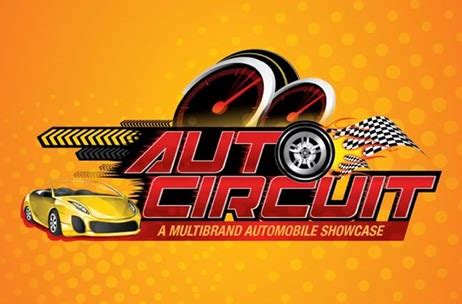 Read more: Car Circuits: Closed Vehicle Electrical Circuits
Read more: Car Circuits: Closed Vehicle Electrical CircuitsIntroduction to Car Circuits The electrical system in a modern vehicle is a complex network of circuits that power various components, from the headlights and radio to the engine management system and safety features. Understanding the basics of these car circuits is essential for diagnosing and resolving electrical issues, as […]
-
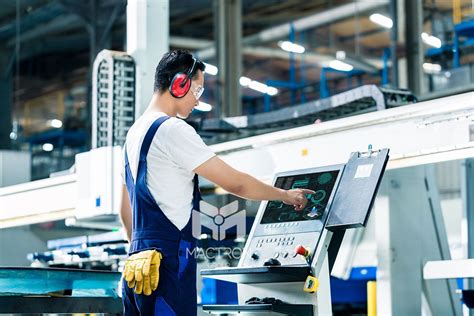 Read more: Computer-Aided Manufacturing: Automated High-Speed Machining
Read more: Computer-Aided Manufacturing: Automated High-Speed MachiningIntroduction to Computer-Aided Manufacturing (CAM) Computer-Aided Manufacturing (CAM) is a modern manufacturing process that utilizes computer software and hardware to automate and optimize the production of various products. CAM systems are designed to increase efficiency, reduce costs, and improve the quality of manufactured goods by integrating computer technology with traditional […]
-
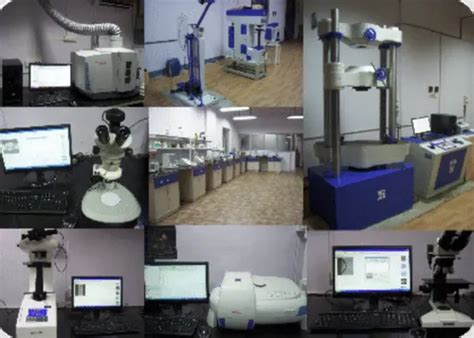 Read more: Electronics Environmental Testing: Definition, Category and Different Types of Tests
Read more: Electronics Environmental Testing: Definition, Category and Different Types of TestsWhat is Electronics Environmental Testing? Electronics Environmental Testing, also known as environmental stress screening or ESS, refers to the process of subjecting electronic devices, components, and systems to controlled environmental conditions to assess their performance, reliability, and durability. The primary objective of environmental testing is to identify potential failures or […]
-
PCB Design Needs Of Our 5 Mistakes To Be Avoided
Posted by
–
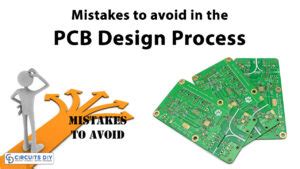 Read more: PCB Design Needs Of Our 5 Mistakes To Be Avoided
Read more: PCB Design Needs Of Our 5 Mistakes To Be AvoidedIntroduction Printed Circuit Board (PCB) design is a critical aspect of electronics manufacturing. It involves the layout and routing of electronic components on a board to create a functional circuit. However, designing a PCB is not an easy task, and even experienced designers can make mistakes that can lead to […]
-
Rayming Introduces – PCB Prototype 3+3 Service
Posted by
–
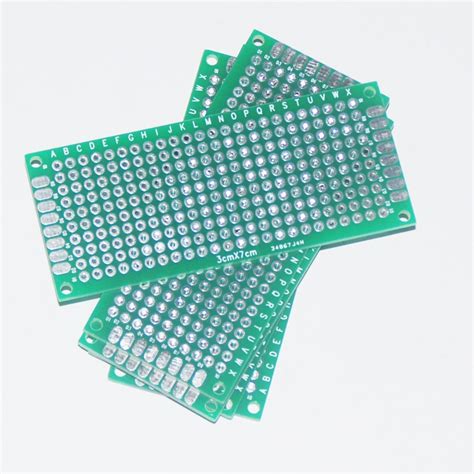 Read more: Rayming Introduces – PCB Prototype 3+3 Service
Read more: Rayming Introduces – PCB Prototype 3+3 ServiceWhat is a PCB Prototype? A PCB prototype, short for printed circuit board prototype, is a preliminary version of a PCB designed to test the functionality, performance, and reliability of the board before mass production. PCB Prototypes are essential in the electronics industry as they allow designers and engineers to […]
-
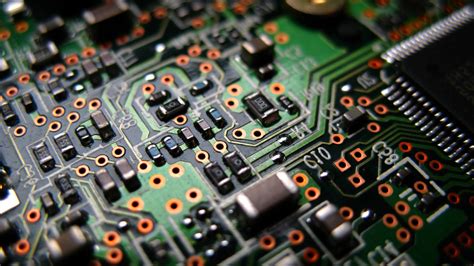 Read more: PCB Board Blank-Ultimate Free Advice And Guidance
Read more: PCB Board Blank-Ultimate Free Advice And GuidanceIntroduction to PCB Boards A printed circuit board (PCB) is a fundamental component in modern electronics. It is a flat board made of insulating materials, such as fiberglass or composite epoxy, with conductive pathways etched or printed onto its surface. These pathways, also known as traces, connect various electronic components, […]
-
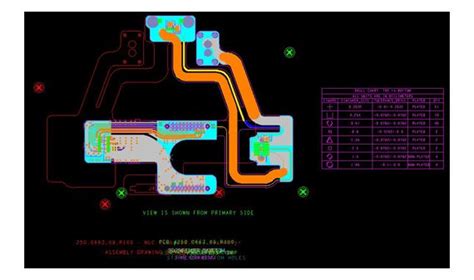 Read more: Flexible Circuits-9 Factors you need to Consider When Designing
Read more: Flexible Circuits-9 Factors you need to Consider When DesigningFlex Circuit Design Flexible circuits, also known as flex circuits or flexible printed circuit boards (PCBs), have gained popularity in recent years due to their versatility and ability to fit into tight spaces. When designing a flex circuit, there are several critical factors to consider to ensure optimal performance, reliability, […]
-
Prototype PCB Cheap China – How To Explore
Posted by
–
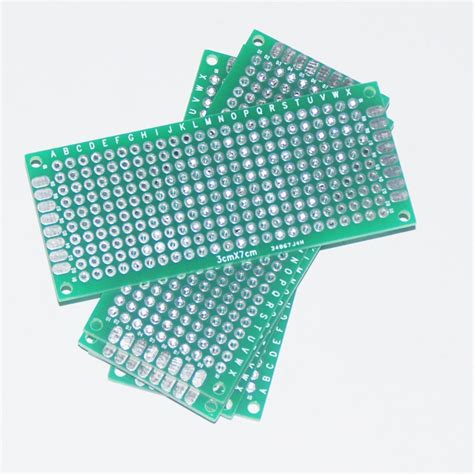 Read more: Prototype PCB Cheap China – How To Explore
Read more: Prototype PCB Cheap China – How To ExploreWhat is a PCB Prototype? Before diving into the details of getting PCB Prototypes made in China, let’s first define what a PCB prototype is. A PCB prototype is an early version of a printed circuit board that is used for testing and validation purposes before mass production. PCB prototypes […]




